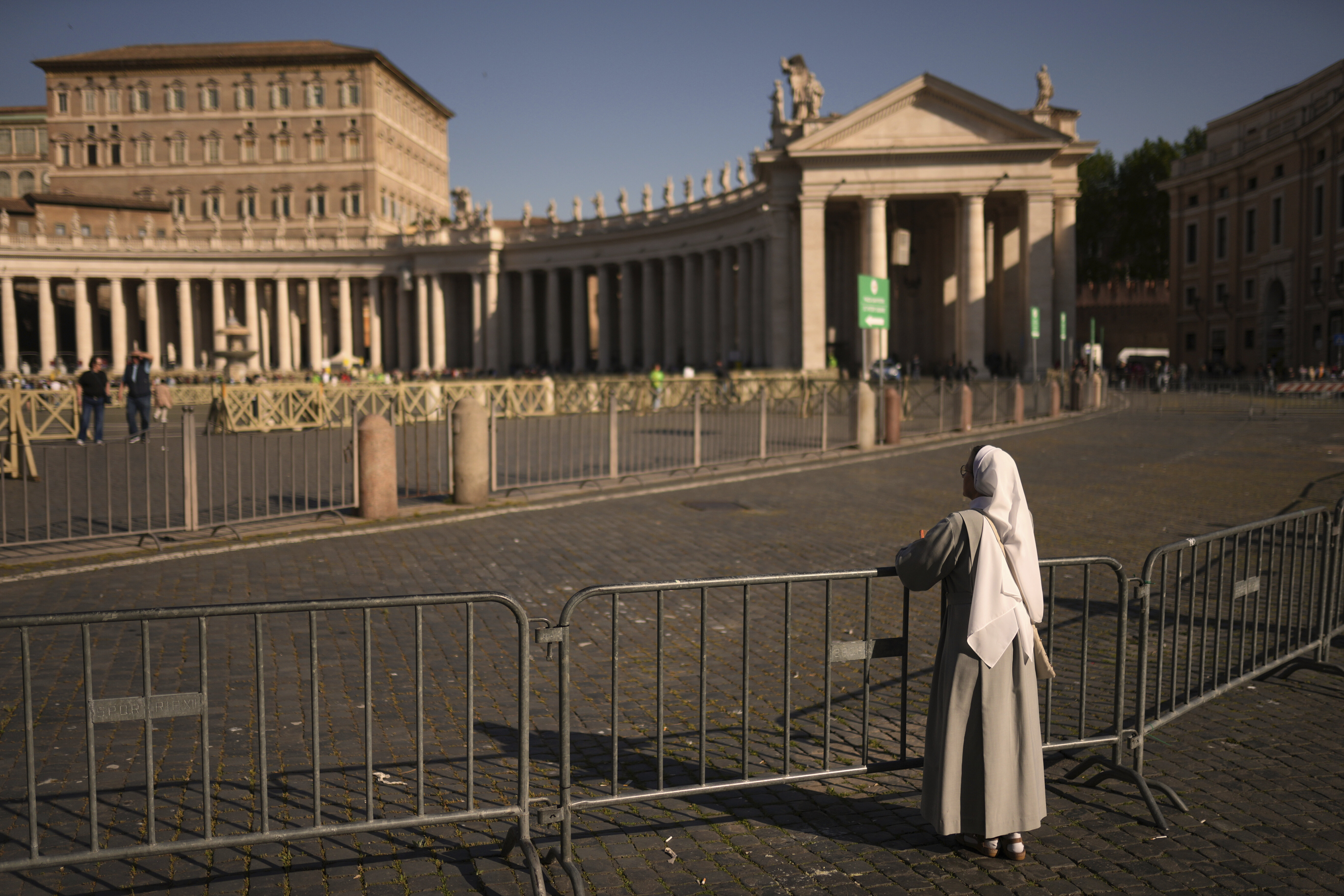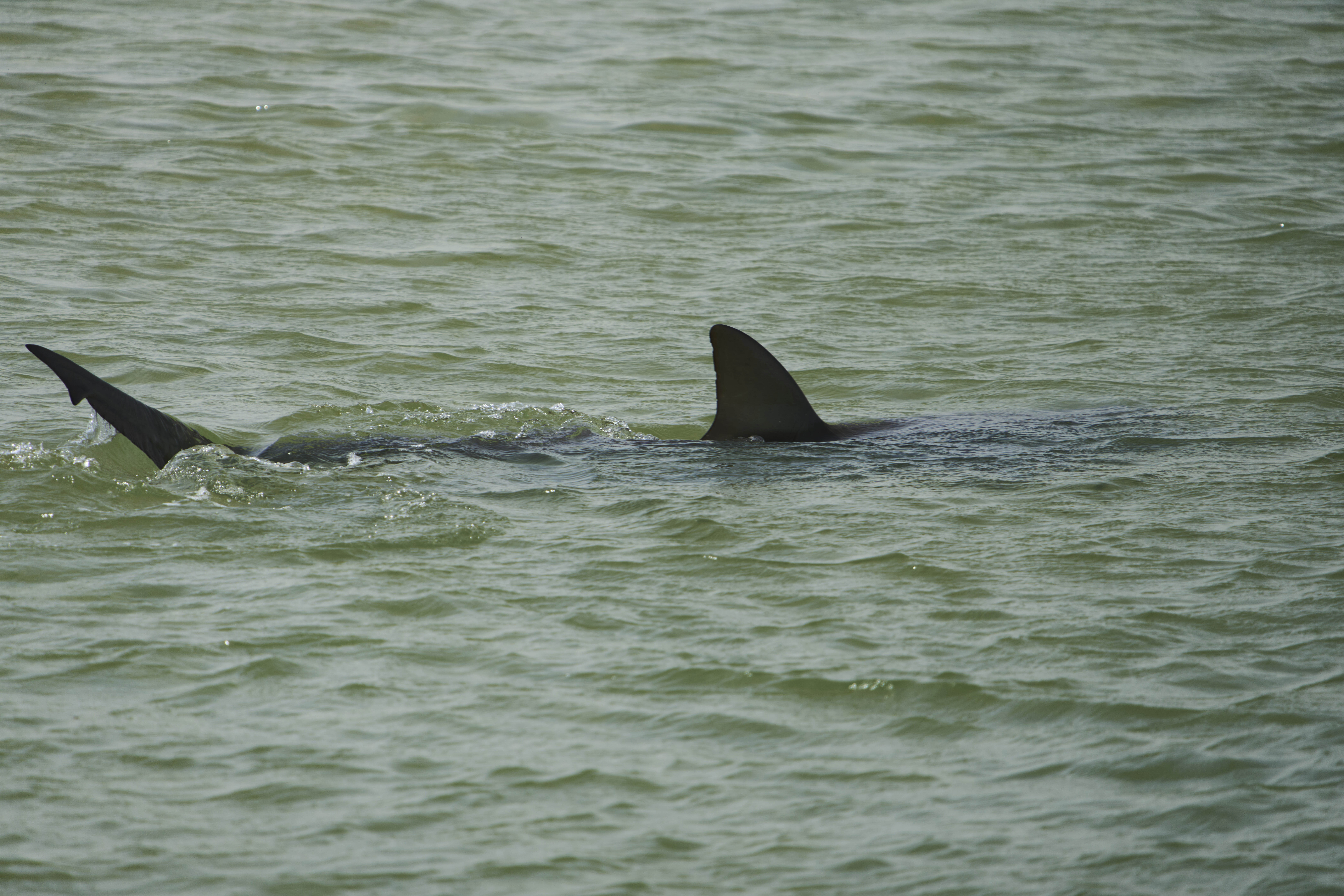MEMPHIS, Tenn. — When people think of natural disasters in the Mid-South, the first thing that comes to mind is tornadoes, and for a good reason.
But we’re also prone to another type of natural disaster— earthquakes, and the next big one could come sooner than you think.
We live on the New Madrid Fault line, which is the most seismically active region east of the Rockies. In 1811, a massive and unprecedented series of earthquakes shook the region.
“And what they saw was in essence apocalyptic by their standards,” said Kent Moran, Research Associate at the Center for Earthquake Research and Information at University of Memphis.
“The ground was not supposed to move around the way it did, the river was not supposed to slosh around, trees were not supposed to snap being shaken violently, sand and water were not supposed to come gushing out of the ground, on and on and on like that,” he said.
There are still physical traces of the earthquakes around the region.
“The light spots on this aerial photograph, this is Blytheville Arkansas, that’s where sand geysers erupted during the 1811, 1812 earthquakes,” said Randel Cox, professor of Geology at U of M.
Another physical feature of the earthquakes is Reelfoot Lake, which was created when the quakes caused the Mississippi River to flow backwards. Nature has taken over the flooded forest, and it’s now home to some of the most diverse ecology in the state of Tennessee.
The New Madrid Fault system is still very active, and the US Geological Survey estimates a 25-40% chance of another major quake in the next 50 years.


















